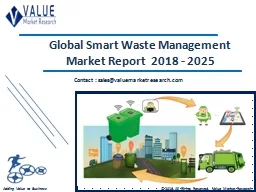PPT-Smart pixels project using GF 0.13µm technology
Author : stefany-barnette | Published Date : 2016-02-26
Patrick Pangaud CPPM 24 July 2014 pangaudcppmin2p3fr Hybrid Pixels Detector for particles trackers July 24 2014 Meeting GF CPPM P Pangaud 2 An early 3D approach
Presentation Embed Code
Download Presentation
Download Presentation The PPT/PDF document "Smart pixels project using GF 0.13µm te..." is the property of its rightful owner. Permission is granted to download and print the materials on this website for personal, non-commercial use only, and to display it on your personal computer provided you do not modify the materials and that you retain all copyright notices contained in the materials. By downloading content from our website, you accept the terms of this agreement.
Smart pixels project using GF 0.13µm technology: Transcript
Download Rules Of Document
"Smart pixels project using GF 0.13µm technology"The content belongs to its owner. You may download and print it for personal use, without modification, and keep all copyright notices. By downloading, you agree to these terms.
Related Documents











